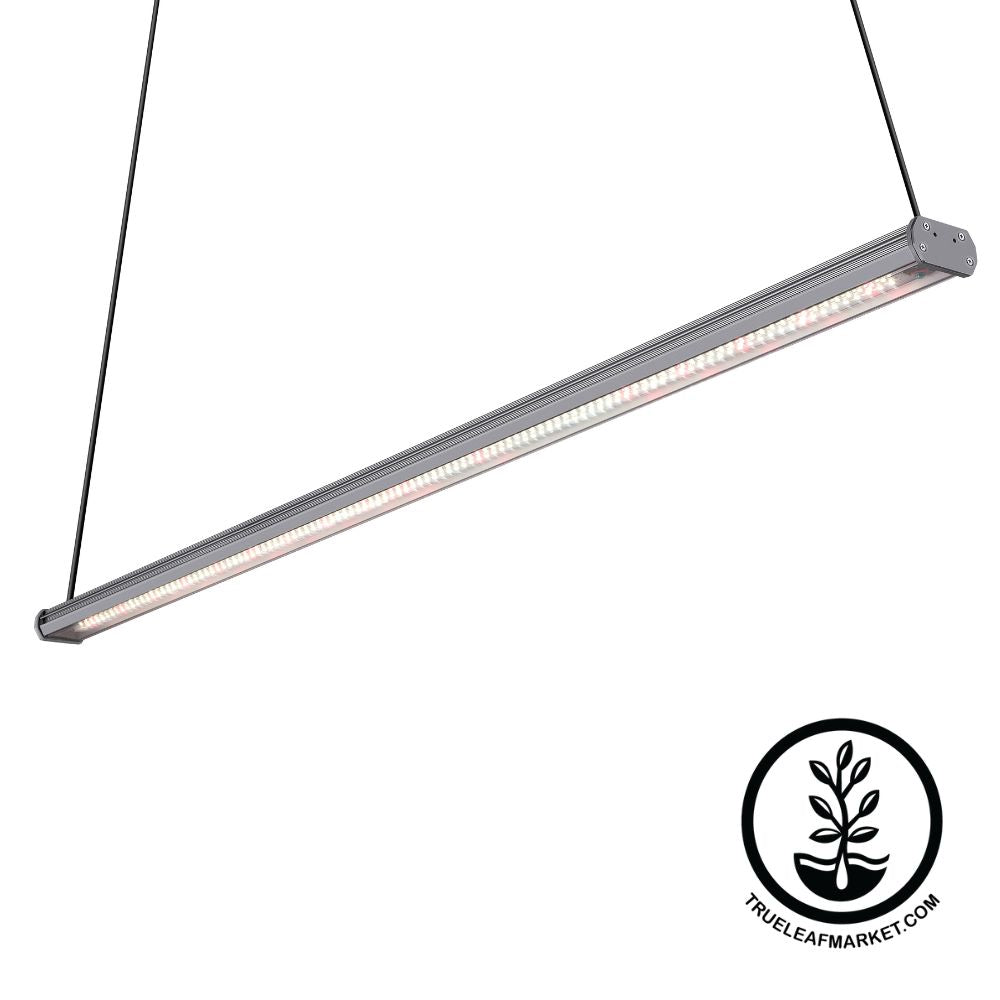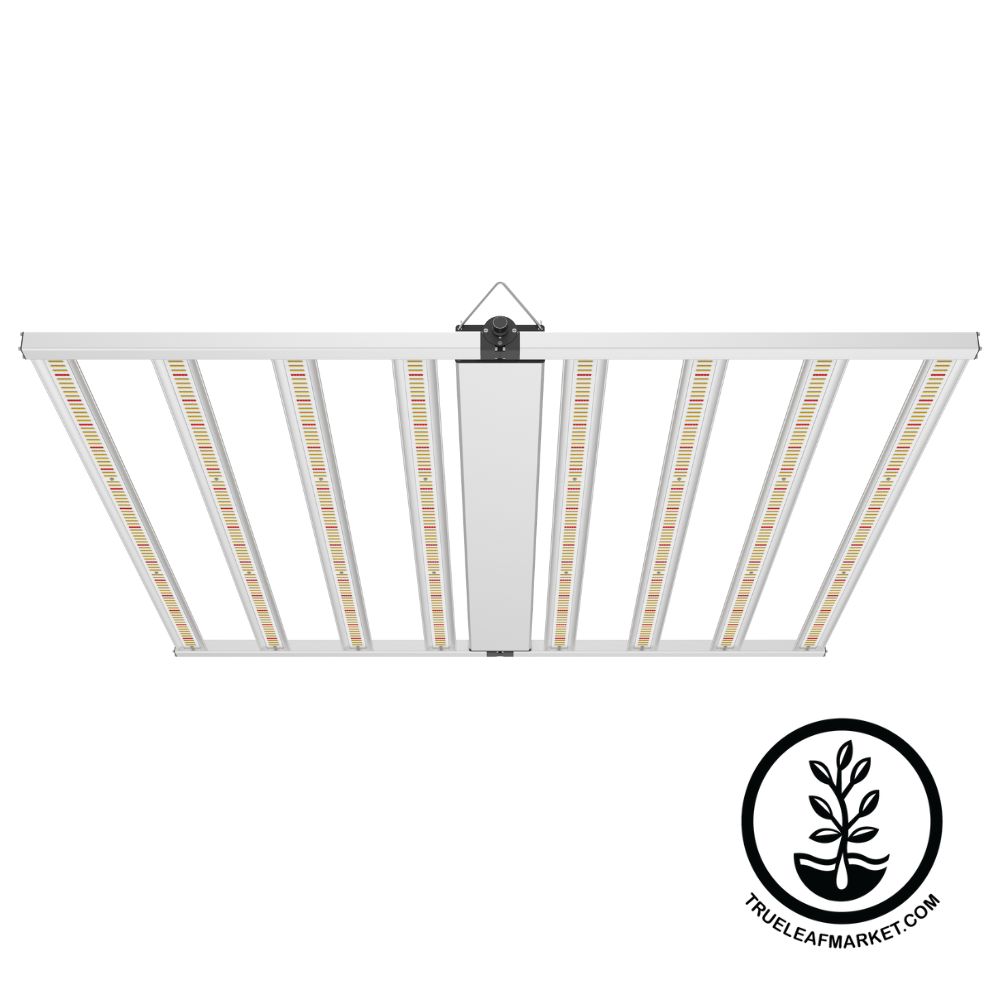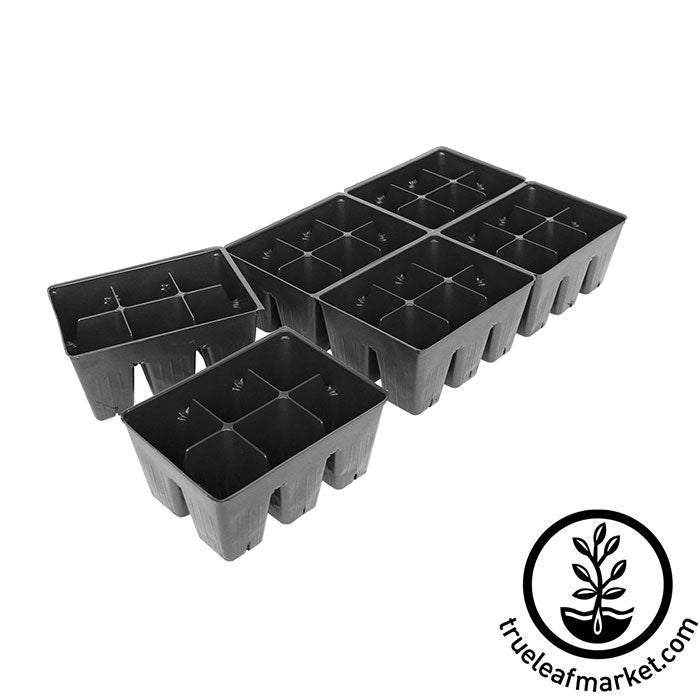
Ashleigh Smith

Winter is finally melting away, and it is time to get planting! This is your reminder to start those seeds for the vegetable garden. If you haven’t already, start by identifying your last frost date. Then, count back the number of weeks your seeds need to spend indoors. For example, tomatoes are best sown 6-8 weeks before the last expected spring frost. Starting seeds indoors allows you to make the most of your growing season and increase harvesting yields. Follow this step-by-step guide for simple instructions to grow your own tomatoes from seed.
Step 1: Schedule
Tomatoes Should be started indoors 6-8 Weeks before your last expected frost date. This date will be unique to your growing location. There are many places that can supply you with this date. A simple internet search for "last spring frost date for ##### zip code" will generally yield a good result. For a sure answer we recommend contacting your local agricultural extension office if you have any questions regarding what this date is and why it is important to know. Your local extention office can also provide helpful tips and insights into gardening in your local cliimate.
Step 2: Seed Selection
With so many varieties available from heirlooms to hybrids, it can be overwhelming to choose the right tomatoes for you. Consider how often you want to harvest, and what type of tomatoes you typically use. If you would like some help finding something that best fits your needs, try out our seed finder quiz. By entering the zip code of your growing zone and answering a few questions we can provide a recommendation that suits your growing needs.
Types of Tomato Seeds
Determinate vs. Indetermiante - All tomatoes fall into one of two categories. Determinate varieties ripen all at once for a single harvest. These varieties are best for those who process tomatoes for long term storage. Because determinate varieties mature all at once, these plants are known to have a more compact growth habit condusive to container growing. Indeterminate varieties are those that produce a continual harvest throughout the growing season. These plants will require staking to support vertical growth throughout the season.
Cherry - This type produces small, "bite-sized" fruits that are perfect for fresh eating and tossing into salads. This category also includes grape and pear varieties named for their similar size and shape.
Salad - Salad tomatoes are medium golf to tennis ball sized fruits that can be used for small slicing, fresh eating, salads, stews, and occassionally sauces.
Paste - This category includes the classic Roma variety among others good for processing into sauces or canning due to their low water content.
Slicing - Slicing tomatoes are perhaps the most popular category. They include large favorites such as beefsteak varieties that are juicy, meaty, and full of flavor. They are typically used fresh for sandwiches, salsa, and fresh eating.
Step 3: Seed Sowing
Tomato seeds should be sown 0.25 inches deep into a loose, soil-based growing medium. Typical seeds are started in tray inserts that are filled with a seed starting soil mix include coco coir or peat mixed with perlite. Alternatively, a netted coco coir or peat pellet may also be used. Either methods are suitable for starting seeds that will be transplanted into the garden. When starting tomato seeds indoors, make sure you have a reliable light source. Windowsill lighting will not be enough to support the young tomato seedlings.
Step 4: Repot (Pot Up)
You will likely need to repot your seedlings over the course of the 6-8 weeks your seedlings spend growing indoors. When repotting tomatoes into a larger container, it is best to bury the stems deeper than they were previously. This is because tomato stems readily develop additional roots when planted deeper. By encouraging greater root development you can prepare your plants to more easily take up nutrients, water, and overcome transplant shock. As you continue to monitor and keep an eye on the new growth your seedling develop, be sure to provide additional nutrients in the form of fertilizer. Tomatoes are heavy feeders and will best grow with the assistance of a balanced fertilizer in these early stages of growth.
Step 5: Harden Off
When starting tomato seeds, people often forget to adjust them to outdoor conditions before transplanting. Plants grown indoors are increadibly protected from wind and changing temperatures, among other environmental stressors. Hardening off allows the plants to gradually face these challanging conditions in a way that triggers them to become stronger at a cellular level. Cell walls are strengthened as they recognize the slight changes in temperature, humidity, and the pressure of slight winds over increasing periods of time. To harden off your seedlings simply set them outdoors for a few hours a day. Over the course of 1-2 weeks increase how much time they spend outside in a day until they are able to sit out overnight. When you first start the process, you may notice the young tomato seedlings appear slightly wilted or weak. This is normal. Returning them to the protective indoor environment will allow them to recover before facing the open outdoor conditions again the next day.
Step 6: Transplant
After the 6-8 week growing period it is time to transplant your seedlings outdoors. Space plants at least 24 inches apart to allow enough room to grow while maintaining good airflow between plants. Tomatoes especially love warm growing conditions. Make sure you are planting after your regions recommended last frost date. This is when soil temperatures begin to warm for the season. In the event of an unexcpected frost, protect your tomato plants with a protective cover. These may include popular wall-o-water tents, cloches, or winter grow tents.
About the Author

I'm Ashleigh Smith, a native to Northern Utah. I first gained a love of gardening with my grandmother as I helped her each summer. I decided to make a career of it and have recently graduated with a Bachelor's degree in Horticulture from Brigham Young University - Idaho. My studies have focused on plant production while I also have experience in Nursery & Garden Center Operations.
Become a True Leaf Market Brand Ambassador! You’ll enjoy awesome perks, free products and exclusive swag & offers! Help us create a gardening revolution and help others experience the joy of growing!
Leave a comment
Your email address will not be published. Required fields are marked *
2 comments
David
Thanks
Heather
Hi I am a garden lover. I have gained and learned by watching YouTube video clips for over a year. In the past learning, I soaked seeds into warm water @ 70°F which I usually mixed 3 parts of room temperature water with 2 parts of boiling water (wait for water steam out 5 minutes). The seeds will soak 6-8 hours then wrapped into papre towel and laid in cover container . When the seeds start to sprout then sow each seed into cells already have potting mix with peat moss. Except bean seeds, I do not soak into warm water. Thank you for sharing for garden tip. Kindly, Heather Pham
Further Reading

Women in Agriculture
March is recognized as Women’s Month, with March 8th, 2025, also being recognized as International Women’s Day. To celebrate, we wanted to highlight some key contributions made to the fields of Agriculture and Horticulture by notable women. While women...

Ashleigh Smith
2025-03-038 min read0
The Beauty of Regional Wildflowers
Written By Lara Wadsworth What goes through your head when you see a wildflower? Probably something about how beautiful and amazing it is, right? While wildflowers are impressive earthly adornments, their significance extends far beyond beauty. Flowers...

Ashleigh Smith
2025-02-278 min read2
March Planting Guide By Zone
Written By Lara Wadsworth March is the month that most people equate to spring, or at least the promise of spring. Temperatures are steadily warming up (whatever that means for you), and while the northern zones are likely to experience lots of cold an...

Ashleigh Smith
2025-02-2511 min read0
February Planting Guide by Zone
Written By Lara Wadsworth My least favorite month of the year is February. As I am writing this, we are deep into it. What I love least about it is that we have already endured a long winter season, and yet it is far from over. I live in Southwest Mich...

Ashleigh Smith
2025-02-1811 min read0









